CHRIS WEAVER, DIRECTOR OF CURRICULUM & FACULTY DEVELOPMENT: The phrase student-centered learning has been around awhile. Most people understand the idea, at least in a broad sense. Student-centered means shifting the focus of instruction from the teacher to the student – and by doing so, giving students more choice, agency, and ownership.
At its root, the phrase is a reaction to another kind of classroom, one that is usually termed teacher-centered. Here the image is most often of a lecture. The teacher is at the front and shovels the content to the students who eagerly (or not so eagerly) take it in.
On a gut level, these two opposites – student-centered and teacher-centered – are attractive because they are simple and direct; you can grasp them in an instant. They aren’t, however, particularly actionable. You can put students at the front and provide lots of choice, but that doesn’t instantly translate to a rich learning experience.
The other danger of clinging too tightly to these opposing views is that they often put teachers on the defensive. After all, it’s not very pleasant to have your meaningful and important work, in all its daily nuance and complexity, so narrowly reduced.
So what is an actionable approach to student-centered learning? How we can bring teachers into the work in a way that is genuine and meaningful? What are the opportunities to bring students more fully into the process of their own learning? How can we leverage these opportunities to help students become better problem solvers, as well as more agile and independent learners?
Here are three approaches that I’ve found helpful…
Bring the students in early
There’s a lot of thought and work that goes into creating a lesson – evaluating what’s important and relevant, developing guiding questions, planning an approach, finding resources, distilling content. If you are able to find ways for the students to participate in some of this work, each step has the potential to create a rich learning experience.
At an absolute minimum this means spending meaningful time at the start of anything new to ask students what they already know about the topic and to explore what they are interested in finding out. This simple step leads to other opportunities.
Most teachers, for example, do a great job giving students the floor when they are presenting a final project, but students should take the lead earlier as well – to share resources they have found, to present an approach to a math problem on the white board, to pitch and evaluate topics for essays, to propose avenues for further investigation. By bringing the students in early, you can deepen their learning significantly.
Extend their learning further
As teachers, we also understand the depth of thought that goes into the end of an assignment or unit – creating assessments, determining criteria for success, evaluating work, delivering feedback, planning for improvement. This phase of the learning process also provides opportunities to deepen student learning. Can your students create (and share) their own study guides? Can they develop questions for assessment or generate feedback? Can they come up with plans for their own improvement or avenues for demonstrating their mastery of a topic?
Make it meaningful
Why do I have to learn this? It’s a question that students often ask, and it’s an important question. Nowhere outside of schools are people regularly expected to learn new things independent of an immediate need or interest.
As teachers, our students’ needs and their individual interest are two of the most powerful resources we have. And, to use these needs and interests effectively, argues strongly for a student-centered approach that includes avenues of choice (so that students can align their own interests with an assignment) and for assignments that are authentic, that have a purpose or meaning or audience beyond the teacher. If you can find ways to make the work of the classroom more meaningful, you’ll find that your students will accomplish more than seemed possible.
A closing thought
How do you know when an assignment is student-centered? The simplest litmus test is whether or not you are creating opportunities to be surprised. If you genuinely listen to your students, if you include them in all aspects of the learning process, and if you give them a chance to question and consider, to interact and invent and problem solve – then, you open the door to those happy discoveries that make learning come alive.





